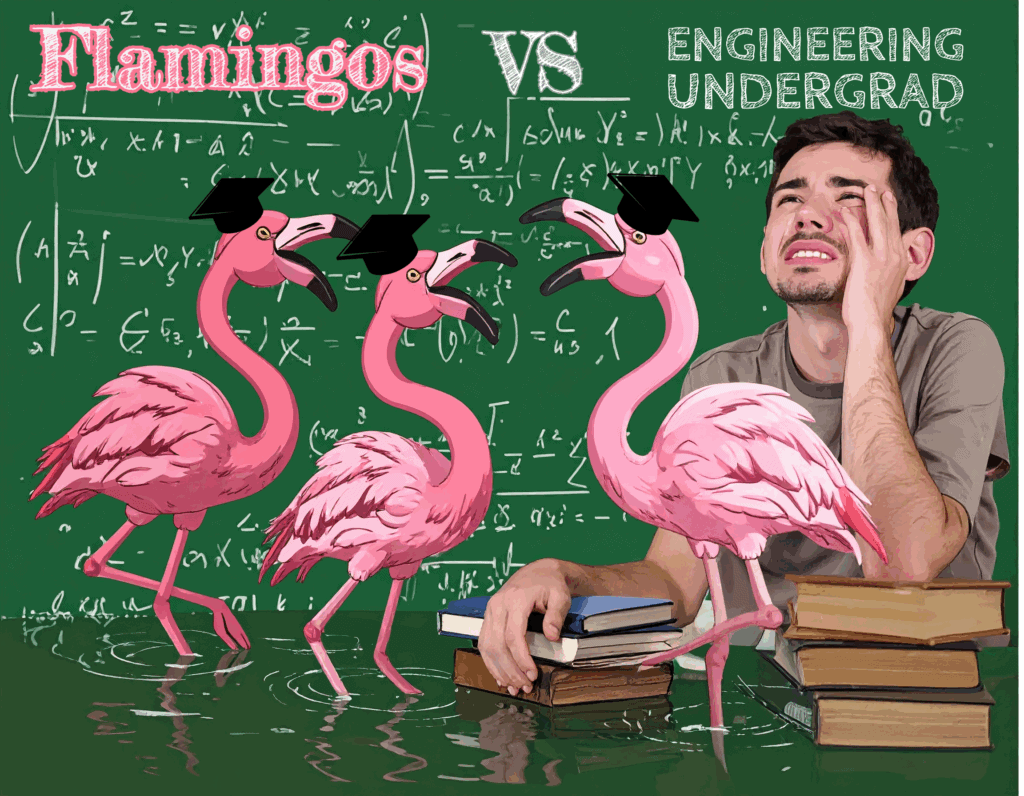While we’ve previously celebrated the kitschy charm of plastic flamingos, today we turn our attention to the remarkable living birds and the science behind their mesmerizing feeding behaviors. With their beaks and most of their heads submerged near their feet, the birds stomp their feet in a rhythmic manner while chattering their beaks. But what exactly are they doing beneath the surface?
Unlocking the Flamingo’s Secret Techniques
Driven by curiosity, Víctor Ortega-Jiménez from the University of Maine, alongside collaborators from Georgia Tech and Kennesaw State University, decided to find out. Using detailed, 3D-printed models of flamingo heads, the team recreated and analyzed the birds’ signature feeding actions. Their findings, published in the Proceedings of the National Academy of Sciences (PNAS) in May 2025, finally unveiled the sophisticated strategies flamingos use to feed—movements that have captivated both bird enthusiasts and scientists for years.
The Dance That Drives Dinner
Flamingos perform a sort of underwater ballet: spinning and stomping their webbed feet in circles, stirring up the muck below. Far from random, this “wading dance” is a carefully choreographed routine designed to conjure swirling currents—vortices—that lift shrimp and other tiny morsels from the lakebed. The circular motion funnels these snacks into the water column, right where the flamingo’s beak can reach them.
Beak Work: Precision and Power
With their heads submerged, flamingos rapidly chatter their beaks up to a dozen times per second while their tongues pulse in sync. This rapid-fire action generates suction and whirlpools, channeling food particles toward the beak’s tip. As flamingos sweep their beaks backwards, these miniature vortices gather prey, making each mouthful more efficient.
The Grand Finale: The Head Lift
Every so often, flamingos abruptly lift their heads, creating a final swirl of water that draws even more food upward. This dynamic combination of footwork, beak action, and sudden head movements transforms the flamingo into an active predator, not just a passive filter feeder. Every part of their anatomy—from flexible feet to uniquely shaped beaks—works in concert to manipulate water and maximize their feeding success. These birds have studied and mastered complex chaotic fluid mechanic predictions, something that engineers sweat in their final years of undergraduate degrees.
Inspiration for Technology
The lessons learned from flamingo feeding could spark innovations in water filtration, microplastic collection, and aquatic robotics. By mimicking how flamingos harness fluid dynamics, engineers might develop new ways to capture tiny particles from water, offering nature-inspired solutions to modern challenges.
See Flamingos in Action
For those eager to witness these pink mathematicians at work, check out the videos and supplementary materials in the PNAS journal article.

